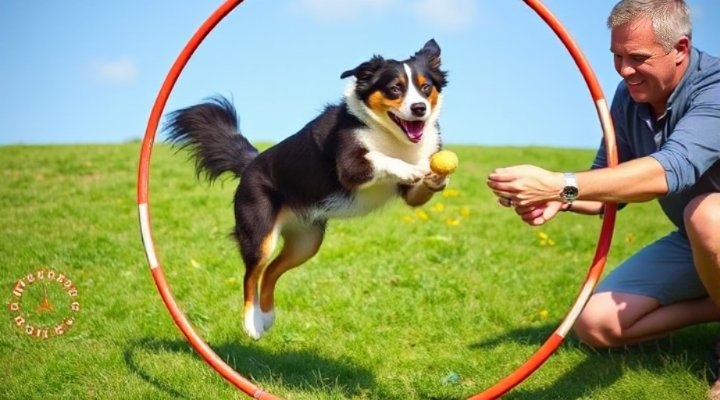When it comes to training your furry friend, choosing the best dog training treats can make all the difference. High-value rewards not only capture your dog’s attention but also create positive associations with learning new commands and behaviors. In other words, the right treats can turn training sessions from chore to celebration!

Why Treats Matter in Dog Training
Positive reinforcement is the cornerstone of modern dog training methods. For instance, when your dog associates good behavior with delicious rewards, they’re more likely to repeat that behavior. Above all, treats should be:
- Small enough for quick consumption
- Highly appealing to your dog
- Nutritious and balanced
- Easy to carry and dispense
According to the American Kennel Club, food rewards are among the most effective motivators for dogs during training sessions. Meanwhile, our article on scientific training methods explores this concept in more depth.

Types of Dog Training Treats
Commercial Treats
Many pet stores offer specialized training treats. These are typically:
- Soft and chewy for quick eating
- Strong-smelling to capture attention
- Portion-controlled for frequent rewards
Homemade Options
For those who prefer DIY approaches, homemade treats can be excellent. Some simple recipes include:
- Dehydrated chicken strips
- Peanut butter oat bites
- Cheese cubes (in moderation)
Our guide on choosing the best dog food includes nutritional considerations that apply to treats as well.

How to Use Treats Effectively
Timing is everything in dog training. Here’s a simple sequence:
- Give the command clearly
- Wait for correct response
- Mark the behavior (with a clicker or verbal cue)
- Immediately reward with a treat
Remember to gradually phase out food rewards as your dog masters commands, replacing them with praise and petting. The American Veterinary Medical Association recommends this approach to maintain learned behaviors long-term.

Common Mistakes to Avoid
Even with the best dog training treats, some pitfalls can undermine your efforts:
- Using treats that are too large, slowing down training
- Rewarding at the wrong time
- Overfeeding, leading to weight gain
- Using low-value treats for difficult commands
For more on balanced training approaches, check out our complete training guide.

Transitioning to Real-World Rewards
As your dog progresses, you’ll want to:
- Gradually reduce treat frequency
- Introduce variable reinforcement schedules
- Replace some treats with other rewards like toys or praise
- Practice in increasingly distracting environments
This method helps ensure your dog responds reliably even without treats present. Similarly, our article on choosing a training center discusses professional approaches to this transition.
Related keywords: positive reinforcement training, high-value dog treats, effective dog training, healthy dog snacks, training reward systems

